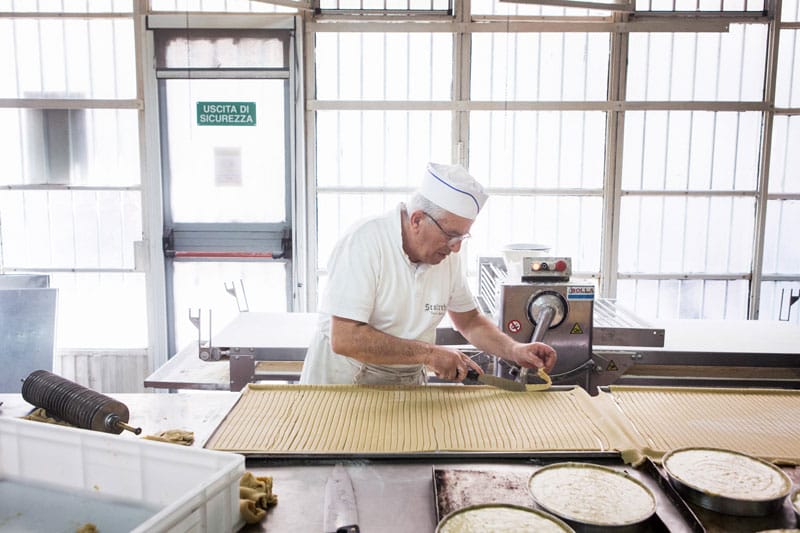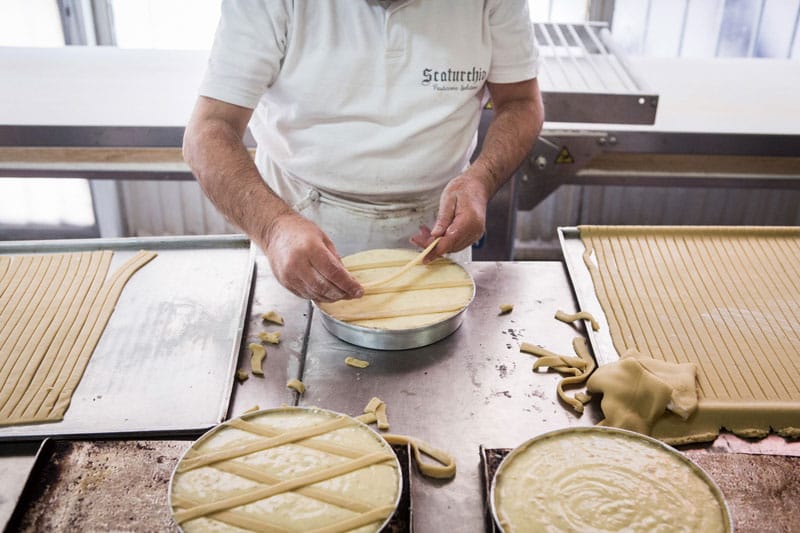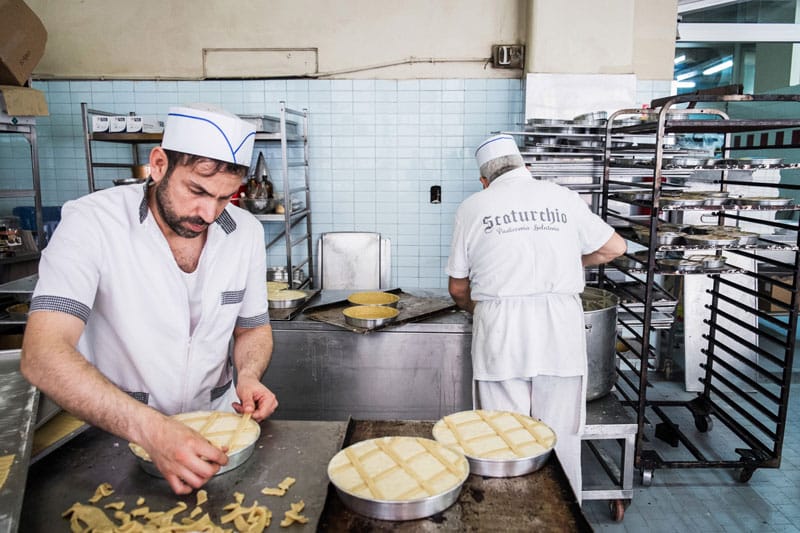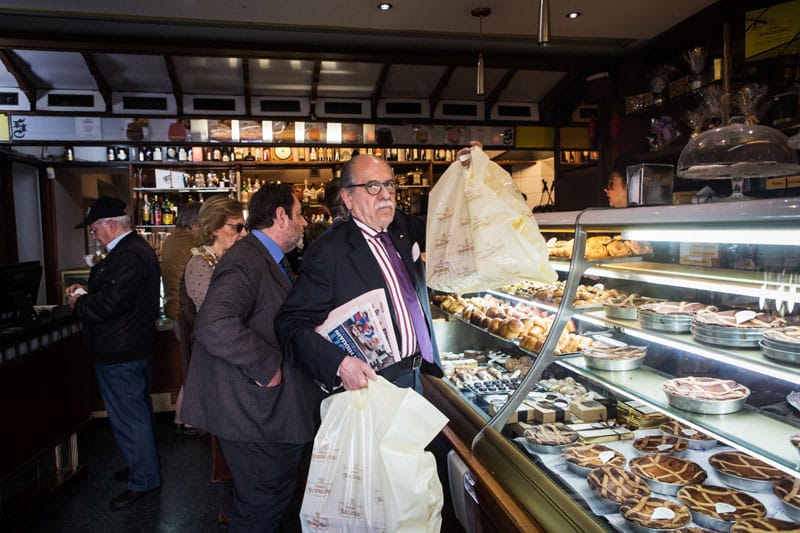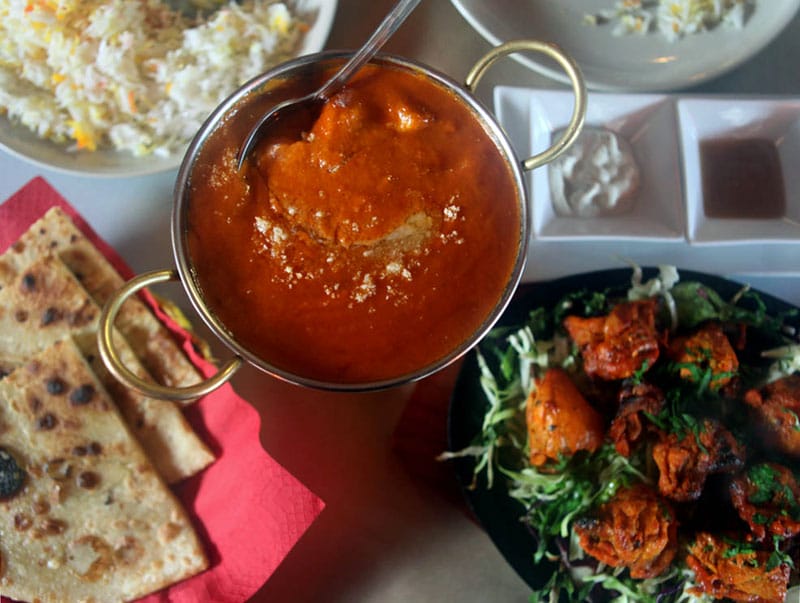Like the Proustian madeleine, sweets can stir up all kinds of feelings in the minds of those who eat them. In Naples, struffoli (small, round doughnuts glazed with honey) and cassata (sponge cake with ricotta and candied fruit) speak of Christmas, while chiacchiere (sugar-dusted fritters) and sanguinaccio (literally “blood pudding,” but actually made of chocolate) bring to mind Carnevale. And then there’s pastiera, whose very scent and taste make us think of Easter and spring.
These days, pastiera can be made all year long, not only when the wheat has just sprouted, as was the case for our ancestors. Yet, when Easter approaches, all Neapolitans dream of this cake.
Everyone has his or her own beliefs about the “true” recipe for pastiera and the superiority of the pastiera della mamma. “Look, you have mistaken memories,” my wife often says to me. “Your mom’s was terrible.” She’s wrong of course; my mother’s pastiera was the best.
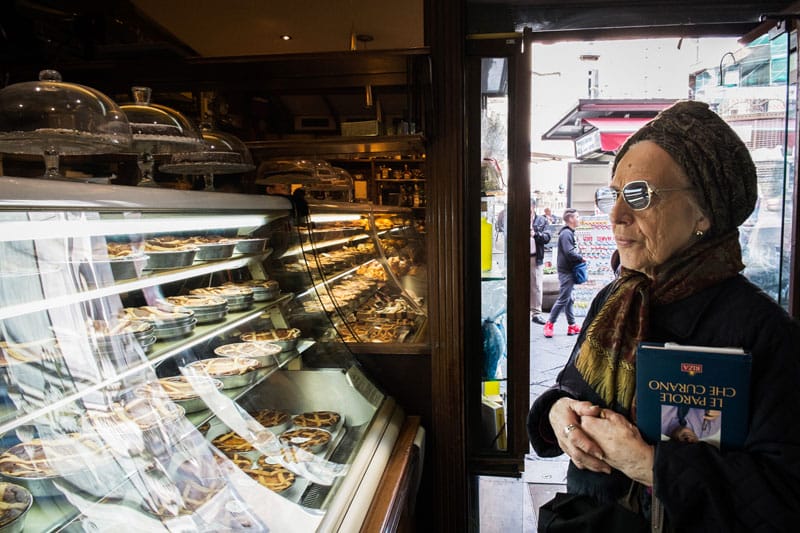
Pastiera is the queen of Neapolitan sweets, yet its composition is relatively simple. Shortcrust encases a filling of ricotta cheese, eggs, boiled grains of wheat, custard, candied fruit and aromatics, including orange flower water. All of this is topped with a lattice of the same pastry.
There are those who prepare this tart with ground wheat because they don’t like the grain whole, still others who won’t add candied citron because they say no one likes it, and beyond that, there are some who add a thick custard, known as pastiera Starace, after the confectioner who came up with the idea.
As with almost all the great Neapolitan pastries, pastiera was born in a convent – specifically, the Convent of San Gregorio Armeno in Naples’s centro storico. The nuns there were the first to bake hundreds of pastiere for the Neapolitan bourgeoisie. And that’s why the best pastiera is still to be found around the monastery. For me, the modern benchmark is the version made by the pasticceria Scaturchio (established in 1905) in Piazza San Domenico Maggiore.
And, as with many great pastries, this one has a legend associated with it. Here’s how it goes: Maria Cristina of Savoy, wife of King Ferdinand II, who ruled Sicily and southern Italy in the first half of the 19th century, was nicknamed “the Queen who never smiles.” One Easter, the court chef prepared pastiera for her. The Queen tried just tried a little bit and was so enraptured that she let out a beautiful smile in public. The king, like all husbands who complain about their sad wives, said: “We needed a pastiera to make my wife smile. Now I have to wait until next Easter to see her smile again.”
For the sake of your own smile, when ordering this sweet, be sure you’re asking for a slice of pastiera and not pastierina, which is made from the same dough but is a different sweet altogether. A pastry shop that has only pastierina might tell you they’re the same: OK, but true pastiera is enjoyed in large slices.
Pastiera is the very symbol of inclusiveness and hospitality, virtues in which the city of Naples has always excelled: the Italian wheat and ricotta play host to citron, which comes from across the Mediterranean, cinnamon from Sri Lanka, vanilla from Mexico – ingredients from all over the world are welcomed with open arms by the orange flowers of the Amalfi Coast.
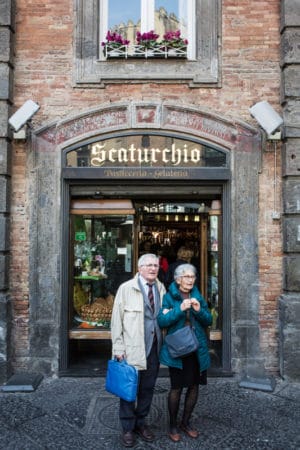 That lattice on top is essential because it keeps the filling from rising too much during baking. It symbolizes the fisherman’s net and the offerings their wives made while they were at sea – and thus also symbolizes this place’s strong ties to seafaring life. The ricotta and wheat signify wealth and fecundity, eggs are a symbol of birth and orange flower of the spring’s arrival.
That lattice on top is essential because it keeps the filling from rising too much during baking. It symbolizes the fisherman’s net and the offerings their wives made while they were at sea – and thus also symbolizes this place’s strong ties to seafaring life. The ricotta and wheat signify wealth and fecundity, eggs are a symbol of birth and orange flower of the spring’s arrival.
When I speak of pastiera, I speak always of Neapolitan pastiera. Making it is an old tradition passed down from one generation to the next. Allow me to be a little politically incorrect then: to prepare a sacred sweet like pastiera you must be a child of Vesuvius. Only Neapolitan chefs are allowed to make the real thing. There, I said it.
This story was originally published on April 12, 2017.
 September 11, 2015 Chiles en Nogada
September 11, 2015 Chiles en Nogada
Mexicans can mark their calendars by what they’re eating: moles for weddings, pan de […] Posted in Mexico City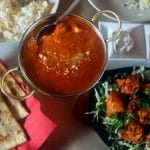 February 6, 2013 Red Elephant
February 6, 2013 Red Elephant
The first wave of Indian, Pakistani and Bangladeshi immigrants arrived in Athens in the […] Posted in Athens March 17, 2020 Coronavirus Diary
March 17, 2020 Coronavirus Diary
Covid-19 officially arrived in Georgia on February 26 with a Georgian man who had […] Posted in Tbilisi
Published on April 16, 2019
Related stories
September 11, 2015
Mexico CityMexicans can mark their calendars by what they’re eating: moles for weddings, pan de muerto for Day of the Dead, lomo and codfish for Christmas and chiles en nogada for Independence Day. Every September 15 and 16 Mexicans gather together to celebrate their independence from Spanish rule. This movement started in the city of Dolores…
February 6, 2013
AthensThe first wave of Indian, Pakistani and Bangladeshi immigrants arrived in Athens in the early 2000s, bringing a new eating culture with them. This was a time of prosperity in Greece and consequently the first South Asian restaurants, such as the now-defunct Pak Indian, were welcomed with open arms by Greeks who were willing to…
March 17, 2020
TbilisiCovid-19 officially arrived in Georgia on February 26 with a Georgian man who had traveled home overland from Iran. That and international news coverage provoked a mad rush on face masks and an initial panic raid at several supermarkets. The government warned us to stop kissing when we greet each other and extended the springtime…










































